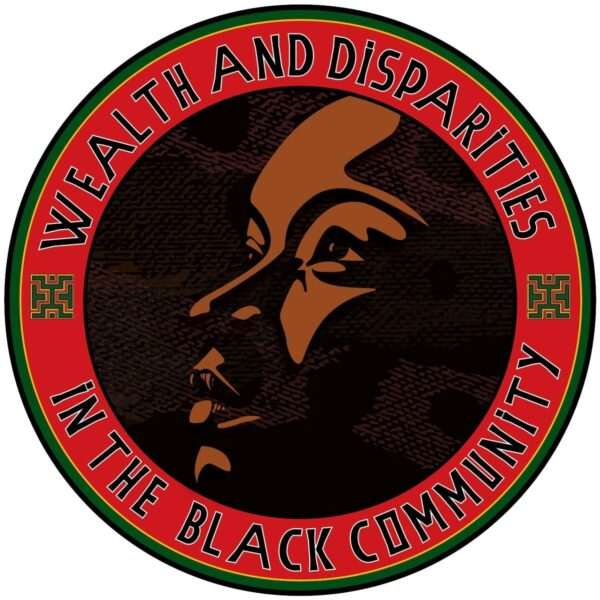
Wealth and Disparities in the Black Community demands declaration of a state of emergency regarding horrific disparities of fentanyl deaths among Black San Franciscans.
Two hundred people died from accidental drug overdoses from January through March 2023 alone, reflecting a nearly 41% increase from the 142 deaths reported for the first three months of 2022. Black San Franciscans have an overdose death rate that is five times above the citywide rate,according to the Department of Public Health.
In San Francisco, the deadly fentanyl crisis is playing out in a distinctly anti-Black racist pattern that is all too familiar. Drug use and homelessness are related tragedies. Black people are under 6% of the total city population, yet make up over 40% of the city’s homeless. The “war on drugs” was first coined in 1971, and yet Black people remain in crisis related to drug use, says Wealth and Disparities in the Black Community founder Phelicia Jones, MCP. “Same old thing, just a new day – inequalities, lack of justice, lack of concern and urgency when it comes to the needs of Black San Franciscans.”
Drug use in San Francisco has skyrocketed, from between 100 and 200 deaths annually prior to 2019 to over 600 annually in 2021 and 2022. San Francisco holds the sad distinction of more residents dying of fentanyl than from COVID during 2021. In 2021-2022, reported the San Francisco Chronicle, overdose deaths were almost twice the rate of deaths from COVID-19 … A disproportionate number of the victims are older Black men …
“Black San Franciscans are far more likely to die of an overdose than people of other racial groups relative to their population according to medical examiner data.”
“For nearly a decade, Wealth and Disparities in the Black Community has been a fearless voice for racial justice, and I’m grateful for its leadership on a drug overdose crisis that’s putting Black San Franciscans at increasingly disproportionate risk for deadly overdoses,” said City Supervisor Matt Dorsey. “When SFDPH issued its Overdose Prevention Plan last year, Black San Franciscans faced a fatal OD risk more than five times higher than the general population, and inequities since then are growing even more stark. As a person in recovery from addiction myself, I am committed to doing everything I can to enable every San Franciscan who struggles with substance- or alcohol-use disorder to have the same chance at recovery I had. I’m incredibly thankful to Phelicia Jones and everyone at the organization she founded for their leadership. I’m committed to being a full partner with Phelicia and WDBC to help reverse the fentanyl-driven crisis facing our City, to end racial disparities in public health outcomes, and to save lives.”
We do not need to further criminalize and penalize Black San Franciscans, particularly those struggling with joblessness, homelessness, hunger and drug addiction. We need a comprehensive plan to treat this as the disease that it is. Dr. Daniel Ciccarone, a professor at UCSF, told the Chronicle, “We’ve turned our hearts off.” Everyone must open their hearts and work together to reverse this trend.
We need the drug Narcan disseminated urgently and regularly to every high fentanyl use area. We need more help for the poor, the unhoused, the unemployed, and the mentally and physically ill. Every San Franciscan and every city official, including the Board of Supervisors, should consider this a top priority.
SFDPH announced a five-year plan to reduce racial disparities in overdoses by 30%. We must act more urgently. Wealth and Disparities in the Black Community founder Phelicia Jones, MCP, urgently demands the following be added to the plan:
1) Intentionally focus and respond to the unique needs of the Black community, reversing inequities and criminalization.
2) Report results of the one-year overdose prevention metrics, identifying culturally-affirming Black people and organizations in the plan.
3) Identify and fully support Behavioral Health Services Pharmacy in the Black community.
4) Make an ongoing commitment of resources at housing sites with a large concentration of Black people.
5) Ensure testing strips and Narcan are available at clubs, bars, smoke shops and corner stores.
6) Dedicate and commit ongoing funding to reverse the opioid overdose trend among San Francisco’s Black communities.
7) Organize prevention and treatment campaigns that include training, signage and social media, in addition to a culturally appropriate, sensitive and specific campaign for Black San Franciscans.
8) Develop a community advisory board of Black community experts to monitor the reduction of Department of Public Health concerns among Black San Franciscans, as suggested by WDBC founder Phelicia Jones, MCP, to SFDPH Director Dr. Grant Colfax two years ago.
SFDPH Behavioral Health Services and the Office of Overdose Prevention have taken notice of the deadly fentanyl epidemic. Yet the wide racial disparity in use and overdose deaths is not talked about publicly. This should be in the forefront of every San Franciscan’s mind; addressing it and saving the lives of Black San Franciscans must be the utmost priority.
Contact Wealth and Disparities in the Black Community founder Phelicia Jones at mwjusticenow@gmail.com.





